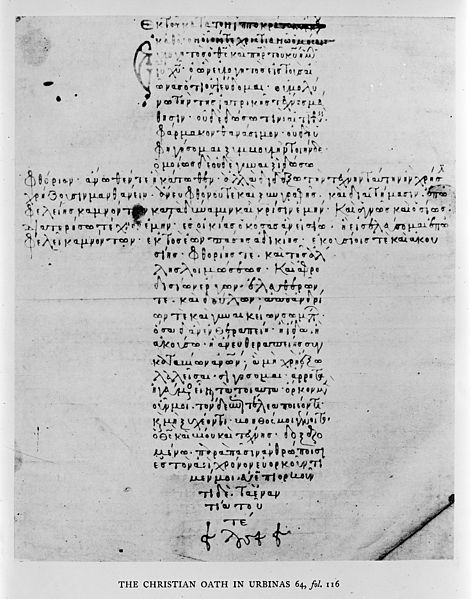Unit 4: Medicine + Technology + Art
Since ancient times, the human body and other biologies have been explored for artistic means. The famous Hippocratic Oath typically taken by medical professionals even acknowledges medicine as an art as much as a science. From detailed drawings and dissections to modern-day x-rays and CAT scans, doctors and artists alike have sought to advance the understanding of the self through such means. In "Magnetic Resonance Imaging (MRI) as Mirror and Portrait: MRI Configurations between Science and the Arts," author Silvia Casini claims that "a question like 'what defines us as humans?' is believed to undergo a profound
reconsideration because of research on the brain undertaken by neurosciences." Though this question is repeatedly under debate, it is not news that medicine technology has played a role in answering at least the physical. Wilhelm Conrad Röntgen, discoverer of x-rays, first tested the technology on his wife Anna's hand (Vesna Lecture). Upon seeing the resulting image, Anna stated, "I have seen my death." Meanwhile, the general population was intrigued and eager to use the technology.
| Anna Röntgen's X-Ray Hand |
It is clear that medicine engineering is of interest to many, most likely because the inner workings of the body is naturally foreign to us. There is also a desire within people to have biological control and play God in their own lives. This reality is discussed in the Hippocratic Oath in the following statement: "Above all, I must not play at God."
 |
| Hippocratic Oath in Original Greek Language |
Diane Gromala shares in a TED Talk how she takes advantage of body awkwardness for use in her unique artwork. Her main interest as an artist is to invoke sensations, one way by making the connection between life and death. Diane hopes to encourage her audience to tap into this world through modes such as virtual reality and deep meditation.
 |
| Diane Gromala Testing Curative Virtual Reality |
This week's material proved relatable, as I have known many people in the field of both art and medicine, more specifically Bioengineers and Mechanical Engineers. Just recently, my senior design course hosted Stephen Prince of Freedom Innovations LLC, a maker of prosthetic solutions for amputees. We learned that rough concepts are initially designed. Later as functionality develops, the product is better-packaged in a sleek, attractive design. It seems as though the merge of medicine and art is only natural and expected in each field.
| Freedom Innovations Prosthetic Controlled Knee |
Sources
Casini, Silvia. “Magnetic Resonance Imaging (MRI) as Mirror and Portrait: MRI Configurations between Science and the Arts.” Configurations, vol. 19, no. 1, 2011, pp. 73–99.
“Hippocratic Oath in Greek from Jones, The Doctor's Oath, 1924.” Wikimedia.org, commons.wikimedia.org/wiki/File:Hippocratic_Oath_in_Greek_from_Jones,_The_Doctor%27s_Oath,_1924_Wellcome_M0011704.jpg.
“Plié® 3 Microprocessor Controlled Knee.” Freedom Innovations LLC, www.freedom-innovations.com/plie-3/.
“Simon Fraser UniversityEngaging the World.” Diane Gromala - School of Interactive Arts and Technology - Simon Fraser University, www.sfu.ca/siat/about/siat_spotlight/DianeGromala.html.
Tyson, Peter. “The Hippocratic Oath Today.” PBS, Public Broadcasting Service, 27 Mar. 2001, www.pbs.org/wgbh/nova/body/hippocratic-oath-today.html.
Vesna, Victoria. “Medicine + Technology + Art.” Lecture 2 & 3. <https://cole2.uconline.edu/courses/888567/pages/unit-4-view?module_item_id=16300804>.
“Wilhelm Conrad Röntgen and the Discovery of X-Rays: Revisited after Centennial.” Journal of Indian Academy of Oral Medicine & Radiology, www.jiaomr.in/article.asp?issn=0972-1363;year=2015;volume=27;issue=1;spage=90;epage=95;aulast=Panchbhai.


I liked how you included the part about Röntgen and his wife - it's an interesting story and a cool picture of the x-ray. I also found it awesome how you experienced the connection between medicine and art in your other classes at UCLA. It's awesome your courses have guest speakers like Stephen Prince.
ReplyDeleteIt’s extremely interesting the emotions and ideas people associate with advances in medicine. Be it “playing god” or “seeing [one’s] death”, these notions are certainly not things that we in modern days associate with these commonplace medical technologies:
ReplyDelete